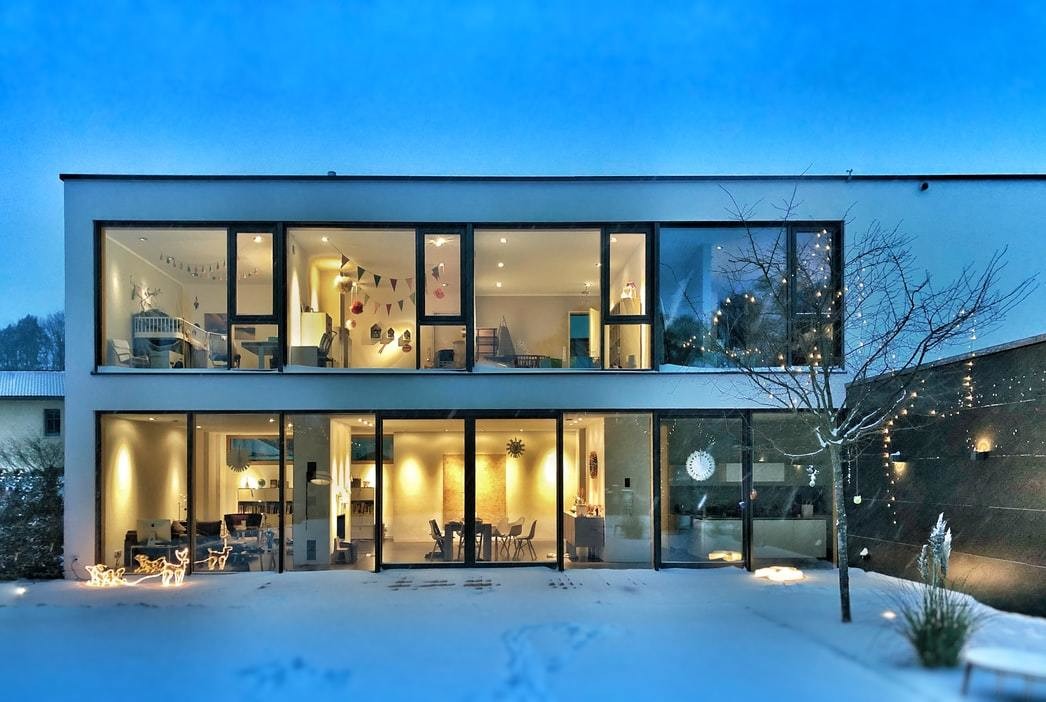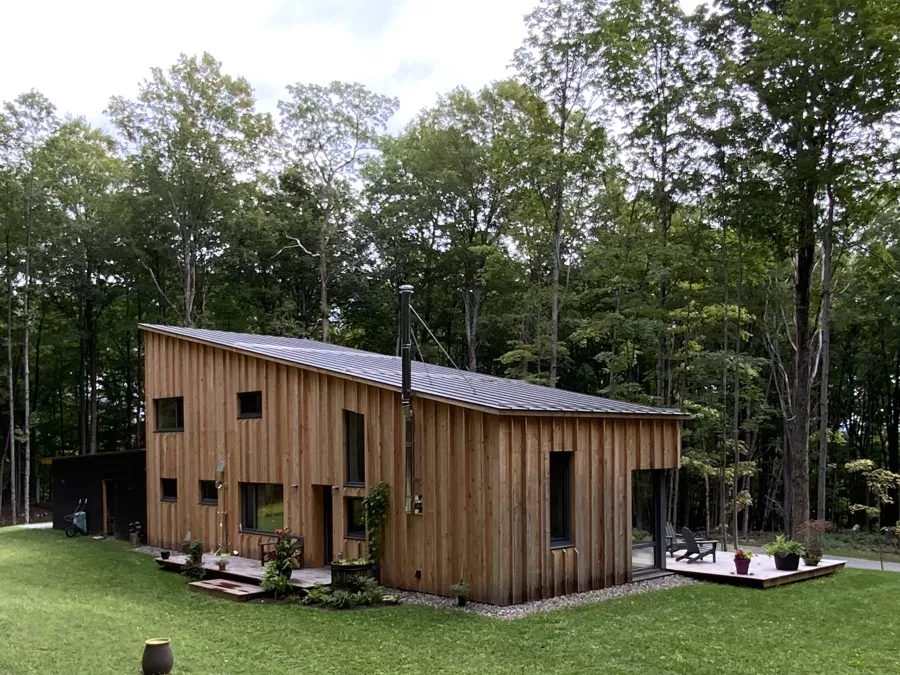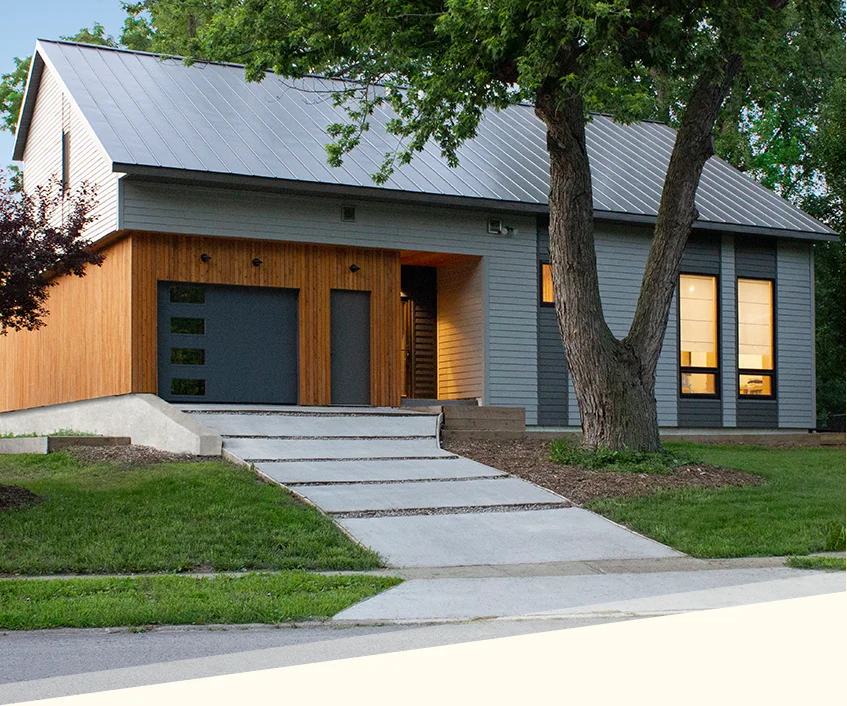Passive design is a building science that leverages natural resources to maintain a comfortable indoor environment. The aim is to minimize energy use by harnessing the sun’s heat, wind direction, and other natural elements. Let’s delve into the principles and benefits of this innovative approach to building design.
Before we dive deeper, it’s important to understand some related concepts. For instance, understanding the airtight tape and membrane guide can help you appreciate the intricacies of passive design.
Principles of Passive Design
Passive design is based on four key principles: orientation, insulation, ventilation, and thermal mass. These principles work together to create buildings that are energy-efficient, comfortable, and sustainable.
Benefits of Passive Design
The benefits of passive design are numerous. They include reduced energy costs, improved indoor air quality, and enhanced comfort. Furthermore, this approach contributes to environmental sustainability by reducing carbon emissions.
Implementing Passive Design
Implementing passive design requires careful planning and execution. Key considerations include the building’s location, climate, and materials used. For a comprehensive list of considerations, you can refer to this passive design checklist.
In conclusion, the science behind passive design offers a promising solution to the global energy crisis. By harnessing natural resources, we can create buildings that are not only comfortable and healthy but also sustainable. To further enhance the energy efficiency of your passive house, consider adding solar supports energy balance and enjoy quiet clean energy.






